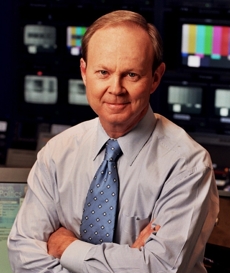
By MIKE MAGEE
In a speech to the American Philosophical Society in January, 1946, J. Robert Oppenheimer said, “We have made a thing …that has altered abruptly and profoundly the nature of the world…We have raised again the question of whether science is good for man, of whether it is good to learn about the world, to try to understand it, to try to control it, to help give to the world of men increased insight, increased power.”
Eight decades later, those words reverberate, and we once again are at a seminal crossroads. This past week, Jensen Huang, the CEO of Nvidia, was everywhere, a remarkably skilled communicator celebrating the fact that his company was now the first publicly traded company to exceed a $4 trillion valuation.
As he explained, “We’ve essentially created a new industry for the first time in three hundred years. the last time there was an industry like this, it was a power generation industry…Now we have a new industry that generates intelligence…you can use it to discover new drugs, to accelerate diagnosis of disease…everybody’s jobs will be different going forward.”
Jensen, as I observed him perform on that morning show, seemed just a bit overwhelmed, awed, and perhaps even slightly frightened by the pace of recent change. “We reinvented computing for the first time since the 60’s, since IBM introduced the modern computer architecture… its able to accelerate applications from computer graphics to physics simulations for science to digital biology to artificial intelligence. . . . in the last year, the technology has advanced incredibly fast. . . AI is now able to reason, it’s able to think… Before it was able to understand, it was able to generate content, but now it can reason, it can do research, it can learn about the latest information before it answers a question.”
Of course, this is hardly the first time technology has triggered flashing ethical warning lights. I recently summarized the case of Facial Recognition Technology (FRT). The US has the largest number of closed circuit cameras at 15.28 per capita, in the world. On average, every American is caught on a closed circuit camera 238 times a week, but experts say that’s nothing compared to where our “surveillance” society will be in a few years.
The field of FRT is on fire.
Continue reading…









